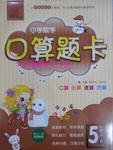题目内容
News came that Liu Xun, a student from Nanjing, ______ from thousands of candidates and became a torch bearer.
A. made out B. stood out
C. picked out D. sent out
练习册系列答案
 口算题卡北京妇女儿童出版社系列答案
口算题卡北京妇女儿童出版社系列答案
相关题目
题目内容
News came that Liu Xun, a student from Nanjing, ______ from thousands of candidates and became a torch bearer.
A. made out B. stood out
C. picked out D. sent out
 口算题卡北京妇女儿童出版社系列答案
口算题卡北京妇女儿童出版社系列答案